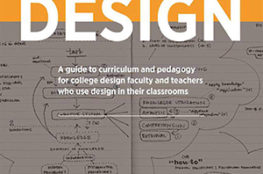We will consider the illusion of reality in the fine arts. (p.157)
The illusion of reality in art is in fact communicated by a series of learned conventions and artistic devices rather than by the faithful reproduction of the natural world itself. (p.157)
Why different artists form different periods have represented the same visual reality in so many different way. (p.157)
Knowing, indeed, came before seeing. (p.162)
The iconology of fine art is most apparent in figurative work. (p.172)
an understanding of the economic, political and artistic context in which a text is produced helps elucidate the ideology behind the text, even though the information is not drawn from an analysis of the text itself. (p.173)
Each investigates the extent to which the subject-matter and so is more useful to some types of fine arts than others. (p.173)
Hermeneutics certainly helps us to understand the fine arts as human experience made visual. (p.173)
REFERENCE
- Howells, R. (2003). Visual culture / Richard Howells. Cambridge, UK : Malden, MA: Polity ; Blackwell.
- Ssireum (Korean Wrestling) by Hong-do Kim, Korean painter in 18th century. Download from the global EBS. <http://global.ebs.co.kr/files/about/files/board/5/old/504984.jpg>




